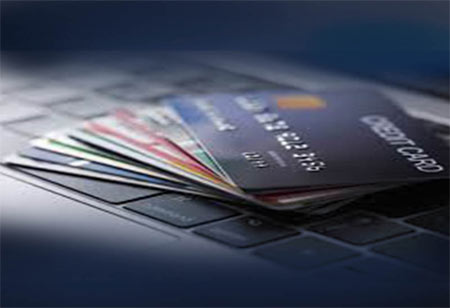THANK YOU FOR SUBSCRIBING

By
Banking CIO Outlook | Tuesday, January 31, 2023
Stay ahead of the industry with exclusive feature stories on the top companies, expert insights and the latest news delivered straight to your inbox. Subscribe today.
In today's digital age, consumers seek convenience and security — and fintech is helping to bridge that gap in financial services. The future looks bright for accessible solutions to reach more underserved audiences through innovation.
FREMONT, CA: The pandemic has altered peoples' daily lives and how businesses run. While many industries had to change their business practices to fit the new normal, some prospered because of their digital business strategy. Financial technology, or fintech, which employs technology to supply banking and financial services, is an excellent illustration of one that has succeeded.
The fintech industry was expanding before the pandemic, with service usage rising from 16 percent in to 64 percent. Fintech players were not exempt from the effects of Covid-19. Still, because of their agile business models and greater reliance on digital channels, they were often able to bounce back more rapidly.
The principal elements fueling fintech growth
Let's face that fintech is here to stay in light of the trend toward digitization. Let's talk more about this field's development and some of its promising prospects.
Accessibility to a market that is underserved
The fact that the fintech industry could reach neglected regions that traditional banks sometimes ignore is one of the primary causes for the exponential development in fintech adoption. These include non-banking individuals and smaller companies with slimmer profit margins. By making banking services, such as money transfers and microloans, more accessible to these markets, many fintech companies have found success.
More contactless transactions
As personal hygiene safety became a primary priority during the pandemic, contactless payments increased. Quarantines, lockdowns, and social segregation laws also paved the way for the development of e-commerce, telemedicine, and remote labour, all of which furthered the use of online payments.
Due to their convenience, you can anticipate that these contactless solutions will become the new standard. In fact, to adapt to shifting consumer behaviour, businesses are now looking into more diversified payment solutions like QR codes and voice-activated purchases.
Technical development
Of course, technological developments have also been a major industry driver, given that technology is at the foundation of fintech. The rise of fintech has been fueled by technologies like artificial intelligence (AI), machine learning (ML), and cloud computing, and this trend will continue in the coming ten years.
THANK YOU FOR SUBSCRIBING
Be first to read the latest tech news, Industry Leader's Insights, and CIO interviews of medium and large enterprises exclusively from Banking CIO Outlook
I agree We use cookies on this website to enhance your user experience. By clicking any link on this page you are giving your consent for us to set cookies. More info



